Mega Base Junior 1000 ml
Alimentation animale supplémentaire
Disponible sur demande
Description
MEGA BASE JUNIOR is especially developed to supply the foal’s needs up to weaning ; supplying vitamins, minerals and trace elements of high biological value that are readily taken up by the foal and quickly assimilated.
Usage
A mineral and vitamin supplement fortified with essential trace elements conceived for an optimal supplementation of the foal from 4 weeks to weaning and beyond.
Composition
Di-calcium phosphate, Glycerin, Lactoserum partially delactosed, Magnesium chloride. Additives/kg : Composed of trace elements: Zinc as chloride monohydrate (E6) 570 mg, Manganese as chloride (E5) 275 mg, Cupric chloride dihydrate (E4) 210 mg, Selenium (organic derived from Saccharomyces cerevisae CNCM I-3060 – selenium inactivated yeast) (E3b8.10) 19 mg, Iodine (potassium iodine) (E2) 2 mg. Vitamins and pro-vitamins: Vitamin A (E672) 10 000 IU, Vitamin D3 (E671) 1 520 IU, Vitamin E / all-rac-alphatocopheryl acetate (3a700) 760 IU, Niacin 460 mg, Folic acid 305 mg, Ca-D-pantothenate 229 mg, Vitamin K3 76 mg, Vitamin B1 as chloride 69 mg, Vitamin B6 (3a831) (pyridoxine hydrochloride) 50 mg, Vitamin B2 (Riboflavin) 46 mg, Vitamin B12 11 mg, β-Carotene (E 160a) 4 mg. Aromatic substances: Glycine 2 600 mg.
Dosage and administration
- Horse 500 kg: For optimum supply of minerals, vitamins and trace elements. In cases of weight loss and for sufficient joint protection. Daily ration: 20-40ml
- Brood mares: after bagging up. Daily ration: 20-40ml
- Foals to 2 year-olds: For basic supply, in sucking foals, development of locomotor apparatus. Ration: 20ml Twice weekly beginning with 4th week. For degenerative processes, hoof problems (stumpy hoof), postural anomalies, general subnormal development. Ratio: 20-40ml Three times weekly beginning with 8th week
- Mid-sized breeds: Such as Halfling, Appaloosa, Quarter Horse, etc. = ½ above ration
- Small breeds: Such as Iceland Pony, Shetland Pony, etc. = ¼ above ration


